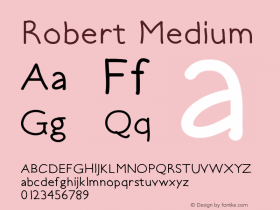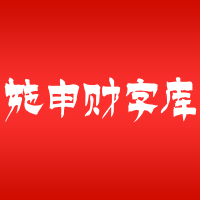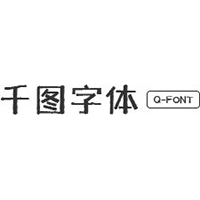对于 Rex 的网格排版文章
对于 Rex 发表的上一篇网格设计的文章,我希望能够加一些注释。首先,关于书设计的网格框架分类,主要有2种,对称与非对称。对称的框架多用于经典排版,而非对称多用于现代主义的排版里面。见图一。
*图一 (左为对称框架,右为非对称框架)
在古代由于尺度的不统一和测量工具的不精确,多数的框架比例的确定都是由几何来决定,排除测量工具的误差。比如由建筑师 Villard de Hoonecourt (1225–1250)的办法。如图二。(Jan Tschichold 在《The Form of the Book》详细解释了这种办法的使用)可以发现这样的框架的外边缘比内边缘宽,下边缘比上边缘宽,Villard de Hoonecourt 办法的比例是:左:上:右:下=2:3:4:6. 这样的比例在中世纪被广泛应用与黄金比例的书本。在后来右边缘和下边缘经常被用来放注释。
*图二 (参考Wikipedia。注:Wikipedia 只能作为参考,细节请看推荐书目)
现代主义对版面的划分很多时候是根据数字。比如 Josef Muller-Brockmann 的网格就是根据基线把版面划分成相等的方块。见图三

*图三 (Josef Muller-Brockmann在《Grid Systems in Graphic Design》中详细解释了这样排版的应用。)
Robin Kinross在《Modern Typography》里面对谨慎的设计师有很有意思的描述:gentlemanly book typographer. (绅士的书本字体师)比如说 Beatrice Warde 写的《The Crystal Goblet》里面的一个比喻,品葡萄酒的鉴赏家喜欢的是透明无暇的葡萄酒杯而不是镀金镶花的杯子;以上举的网格例子都是争取最大限度的比例美态和透明度。换个角度来说就是让读者看书起来更舒服和方便。
推荐书目:现代主义的书目:《Grid Systems in Graphic Design》 by Josef Muller-Brockmann经典主义的书目:《The Form of the Book》 by Jan Tschichold其他全面的书目:《Book Design》 by Andrew Haslam《The Elements of Typographic Style》 by Robert Bringhurst《Book Typography》 by Michael and Susan Wightman Mitchell
-
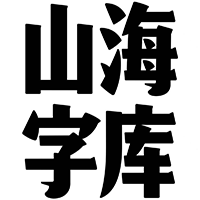 ShanhaiFonts
ShanhaiFonts
Brand:山海字库
Area:China

-
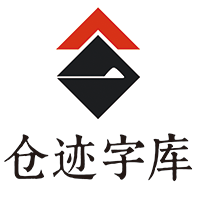 Cangji Fonts
Cangji Fonts
Brand: 仓迹字库
Area: China

-
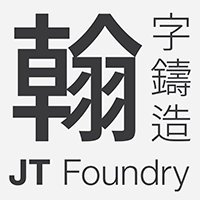 JT Foundry
JT Foundry
Brand: 翰字铸造
Area: Taiwan, China

-
 Handmadefont
Handmadefont
Brand:
Area: Estonia

-
·千图字体
-
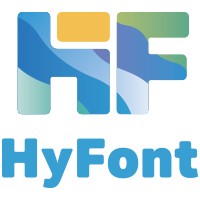 HyFont Studio
HyFont Studio
Brand: 新美字库
Area: China

- ·How to sell your typefaces
- ·Chinese College Student Invents Smog Font
- ·Jim Nutt: Coming Into Character at Museum of Contemporary Art Chicago
- ·Japanese Typography Writing System
- ·Benetton identity redesign
- ·Cocoa Marsh Instant Fudge Candy Mix packaging
- ·Hollywood Star Matt Damon Wrote Better Chinese than Chinese Stars
- ·The Form Book by Borries Schwesinger
- ·Alibaba Supports Font Infringement Complaints
- ·How House Industries Designs Its Retrotastic Logos and Typefaces





